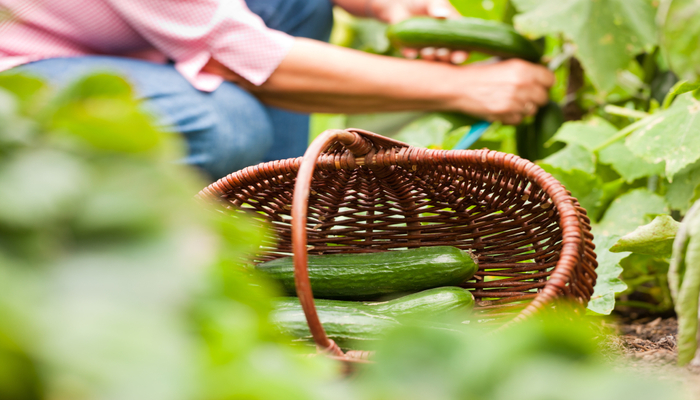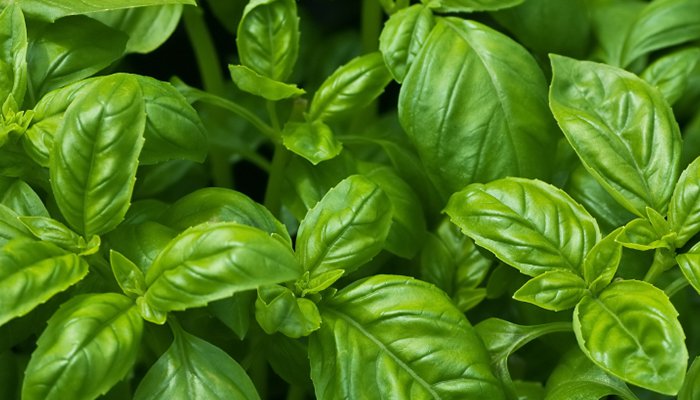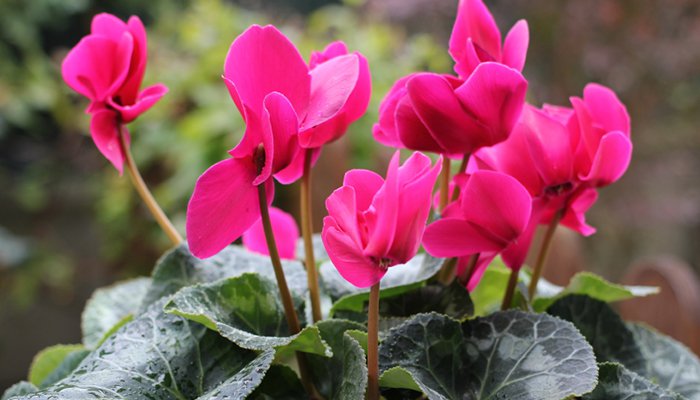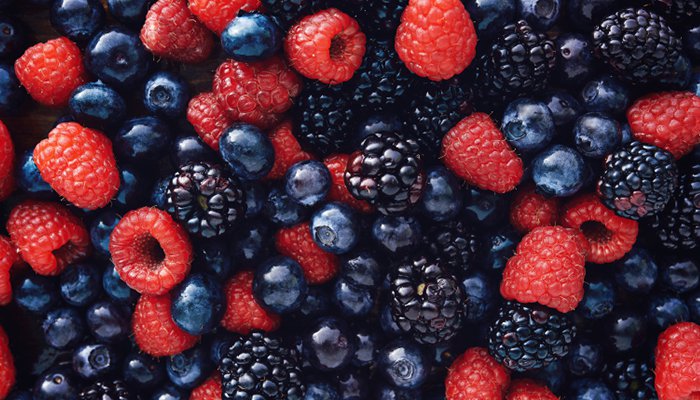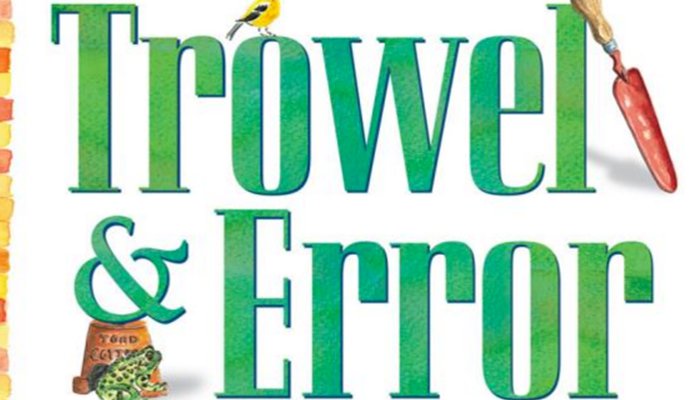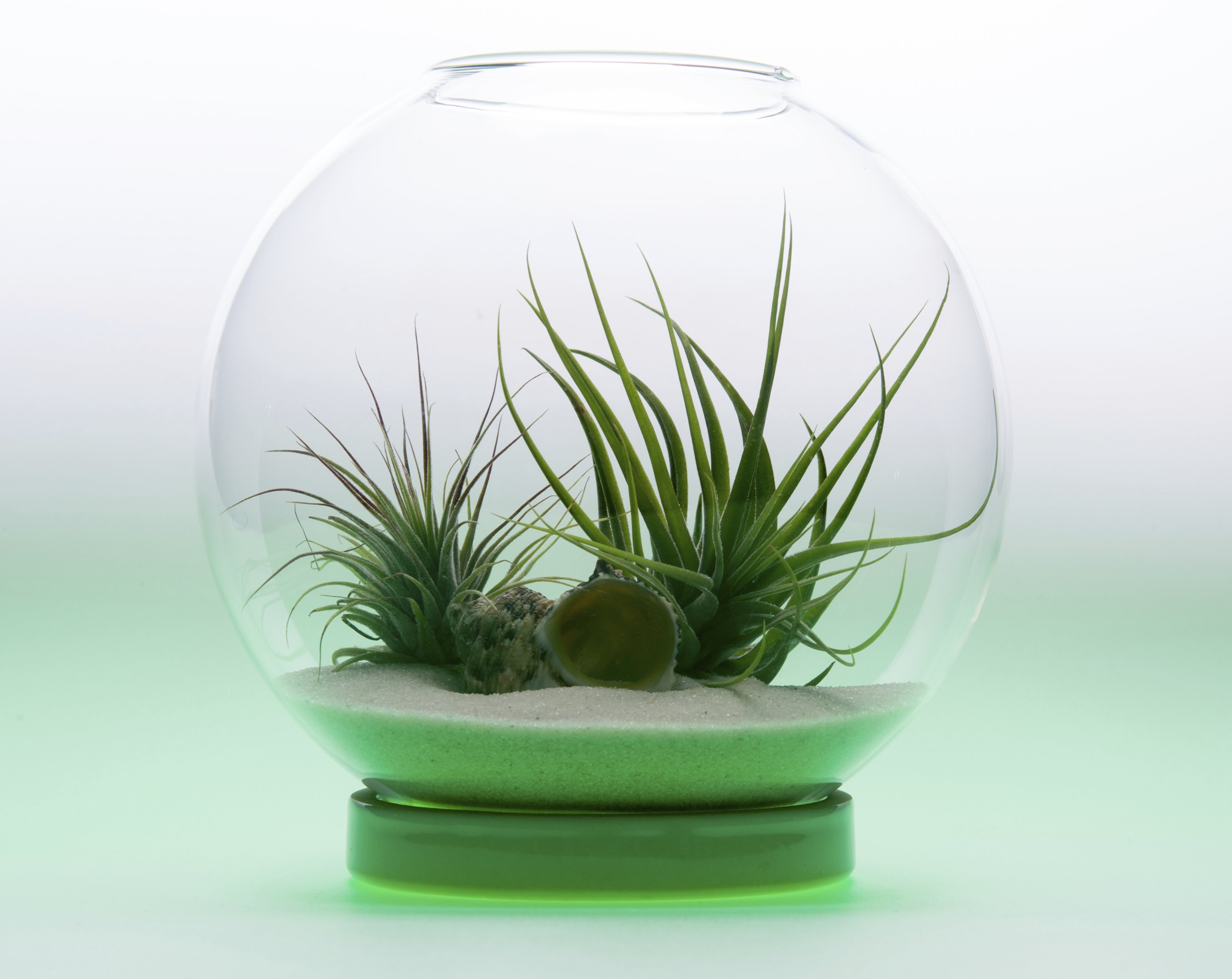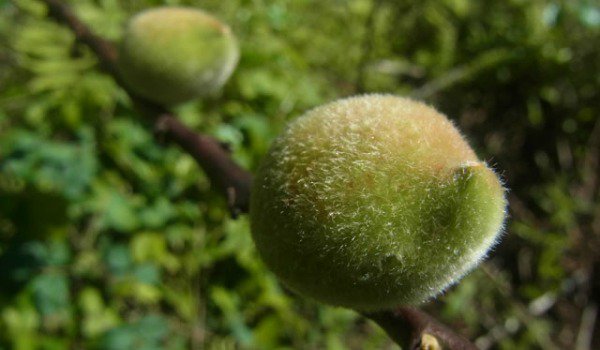
It’s late August, and the hummingbirds will be starting their migration. Some of us will be sad to see them going, and others will be welcoming these valuable garden companions. Never mind the charm of these slight birds that weigh less than a nickle. They are also very important to gardens as both insect predators and pollinators. And this is a good time to look at ways to keep those helpful birds hanging around (or coming to) our gardens. [photo via wikimedia]
Hummingbirds need eat 1/3 of their body weight daily just to fuel their frantic wings. A lot of their diet involves protein-packed insects and nectar for their carbs. Gardens have a lot of inherent growths that draw in hummingbirds. Shrubs, vines, and trees are all both a safe place for them to rest and also good places to find food. From there, you can make some smart planting choices to really bring in the birds.
Hummingbirds are very attracted to red and orange flowers. That gives you plenty of options. Here’s a list of a hummingbird’s favorite flowers (we’ve left off the invasive ones):
- Bee Balm
- Red Columbine
- Delphinium and Hollyhock
- Catawba Rhododendron
- Rose of Sharon
- Trumpet Vine and Japanese Honeysuckle (both, unfortunately, invasive)
- Cardinal Vine
- Lantana and Fuchsia
You can also coral bells, honeysuckles (bush or vine), petunias, penstemons,hawthorn, and flowering crab apple. It’s also wise to plant nectar plants that bloom as a series. A well-planned collection can provide nectar from spring into fall. (Keep in mind that hummingbirds can like bright colors enough for that to be a danger to them. Some gardens have electric fences with red and orange insulation that can draw the birds to a fatal zap.)
Hummingbird feeders can also cause problems. Keep them clean, and make sure that you’re using a sugar solution that’s fresh. They shouldn’t have any more sugar than they find in natural nectars. The best mix is one part sugar to four parts water. Then boil that for about 45 seconds to prevent any mold from growing. That will also prevent fermentation. (Avoid using honey; it can go bad with fungus growth.) You have to boil instead of microwave to protect the nutritional value of the sugar. No artificial sweeteners, of course. Food coloring is also a bad idea. Just use bright colors on the feeder to attract the hummingbirds.
There’s nothing sadder than the sight of hummingbirds fighting–and they’ll fight over too little feeders. Get many of them to spread apart, preferably in the shade. Don’t forget to clean the feeder with vinegar as you’re trading out the sugar water.
You’re making a commitment, too. Hummingbirds grow dependent on regular food sources. You should keep yours going through October if you’re in the northern states. They can certainly use the carbohydrates for their migration, and the birds will pay you back by ridding your yard of some late summer pests. But we hope the hummingbirds stay away from praying mantises. Did you know a praying mantis can eat a hummingbird? Yes, they can–so let’s all hope we avoid that sight in our gardens.




